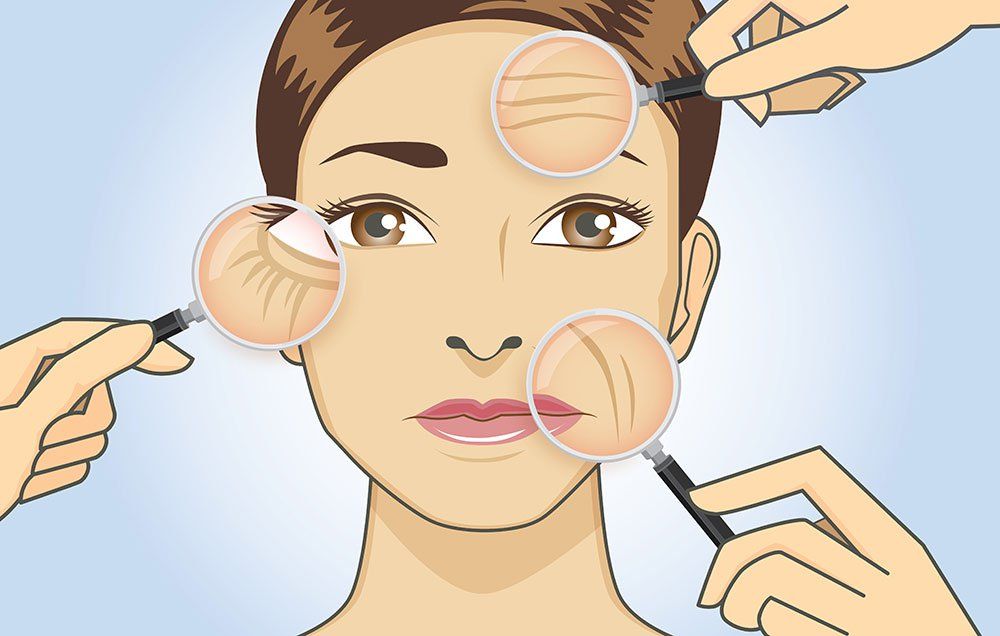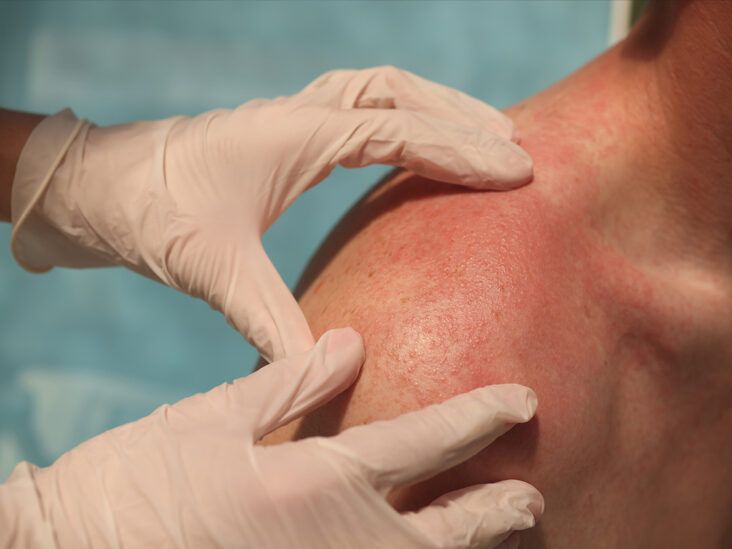Explore advanced acne treatment solutions that cater to your skin type.
Thorough Dermatology Understanding: Resolving Acne Issues, Mole Worries, and Dermatitis Symptoms
When it pertains to skin wellness, extensive dermatology understanding is crucial; it encourages individuals to tackle typical skin problems such as acne, mole abnormalities, and dermatitis with self-confidence. Understanding acne treatments, acknowledging prospective skin cancer cells check in moles, and taking care of dermatitis triggers can considerably enhance skin health and wellness - acne treatment. This short article will check out these topics, using an informative consider the scientific research behind these usual skin problems - an expedition that assures to inform and educate
Recognizing the Essentials: What Is Acne, Moles, and Dermatitis?
While several people might be familiar with the terms acne, moles, and eczema, understanding what they actually are is a various issue completely. Acne is a skin problem identified by inflamed or infected oil glands, frequently visible as pimples or spots, primarily on the face, back, and upper body. Moles, on the various other hand, are little skin growths brought on by collections of pigmented cells; they can show up anywhere on the body and vary in color and size. Dermatitis, additionally recognized as atopic dermatitis, is a persistent problem creating irritated, scratchy skin, typically happening in reaction to irritants or allergens. While these problems are usual, they can have varying levels of seriousness and influence on an individual's life.
The Scientific research Behind Acne: Causes, Types, and Therapies
The facility scientific research behind acne starts with recognizing its formation device. This complex process, influenced by numerous elements, causes different sorts of acne. The article will certainly additionally touch upon reliable therapies offered to take care of and treat this common skin problem.
Acne Formation System
An overwhelming bulk of people will certainly experience the usual skin condition understood as acne at some factor in their lives. Acne formation starts with the overflow of sebum, an oily compound secreted by sebaceous glands in the skin. When these clogged up pores become infected with Propionibacterium acnes, a germs normally existing on the skin, swelling takes place, resulting in visible acne.

Efficient Acne Therapies
Almost everybody will certainly come to grips with acne at some factor, making a clear understanding of efficient acne treatments crucial. Various therapies target different facets of acne, such as inflammation, oil manufacturing, and germs. Topical therapies like benzoyl peroxide and salicylic acid can get rid of bacteria and unclog pores. Anti-biotics can fight swelling and microorganisms. For serious cases, isotretinoin, a potent medication, can lower oil production. Non-drug therapies include light treatment and chemical peels. It is very important to keep in mind that not all treatments will certainly benefit everyone, as acne's reasons and severity differ. Therefore, skin doctors often customize treatments to individual requirements. Consistent usage of the chosen therapy and perseverance are key to seeing enhancement.
Mole Matters: Recognition, Exam, and When to Look For Clinical Attention
Moles, typical skin growths, call for cautious identification and routine evaluation for optimum skin health (dermatologist near me). Recognizing the regular appearance of one's moles, together with any kind of modifications that may take place, is critical. Trigger clinical interest ought to be looked for when certain indicators, which will be discussed, are found
Comprehending Mole Recognition
Exactly how does one identify in between a harmless mole and one that may require medical attention? Comprehending the qualities of normal moles is critical. A typical mole is generally round or oblong, has a smooth edge, and is no larger than 6mm in size. The shade must correspond and can differ from pink, tan, brown, or black. Moles generally show up throughout youth or adolescence, and by their adult her comment is here years, many people have between 10 to 40 moles. Nonetheless, moles that alter in size, form, or color, become scratchy or bleed, or show up after age 30 can be disconcerting. These abnormalities don't immediately suggest skin cancer cells yet are reasons to speak with a dermatologist. Recognizing mole recognition is the primary step in skin wellness monitoring.
Performing Regular Mole Evaluations

Recognizing Critical Medical Signs
Known as the ABCDE's of mole analysis, these changes might aim to deadly cancer malignancy, a fatal kind of skin cancer cells. An individual must likewise be careful if new moles appear after the age of 30 or if there's an abrupt boost in the number of moles. Normal self-examinations combined with expert assessments guarantee very early discovery and efficient therapy of possible skin irregularities.
Eczema Explained: Causes, Signs, and Handling Flare-Ups
Although dermatitis may appear as a basic skin irritation to the inexperienced eye, it is, as a matter of fact, a complex dermatological problem with a wide variety of prospective causes. Dermatitis, likewise described as atopic dermatitis, is generally triggered by a mix of genetic and environmental factors. Symptoms can vary from mild dry skin and this website irritation to severe breakouts and inflammation. Triggers might vary between individuals, yet common ones include irritants, toxic irritants, and stress. Handling eczema typically entails determining and preventing triggers, maintaining a great skin treatment regimen, and using recommended therapies. Due to the chronic nature of eczema, flare-ups may still happen even with cautious monitoring. The key is to address these flare-ups quickly to avoid intensifying signs.
Practical Skin Care Tips to Prevent and Manage Acne, Moles, and Dermatitis
Recognizing and addressing skin problems such as acne, moles, and eczema call for sensible and efficient skin care practices. A balanced diet regimen abundant in anti-oxidants can enhance skin health and lower inflammation, potentially minimizing acne and dermatitis extent. Routine skin checks assist in very early mole detection, possibly protecting against skin cancer cells.
Professional Dermatology Treatments: An Introduction of Modern Solutions
What are the modern-day solutions provided by professional dermatology therapies? Skin doctors today have a wide array of reliable therapy alternatives to manage different skin problem. For acne, retinoids and prescription antibiotics are suggested to regulate the condition, while chemical peels and laser treatment are used for severe situations. With moles, expert removal is performed if they pose a health and wellness danger. This can be done with medical excision or laser elimination. On the various other hand, eczema is usually treated with topical corticosteroids to handle symptoms, and phototherapy for consistent cases. In addition, developments in biologics have actually revealed promise in dealing with serious eczema. All these treatments are under the professional guidance and treatment of skin specialists, making certain safe and efficient management of skin disease.
Conclusion
Understanding dermatological issues like acne, mole abnormalities, and dermatitis is important for efficient therapy. Acne management calls for knowledge of numerous treatment options, while mole assessment can bring about very early detection of skin cancers home cells. Dermatitis monitoring involves recognizing triggers and carrying out suitable therapies. Extensive dermatology expertise is essential for avoiding and taking care of these skin conditions, emphasizing the need for professional dermatologist treatment to enhance skin wellness.